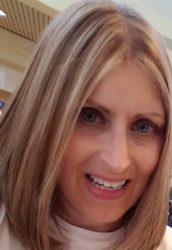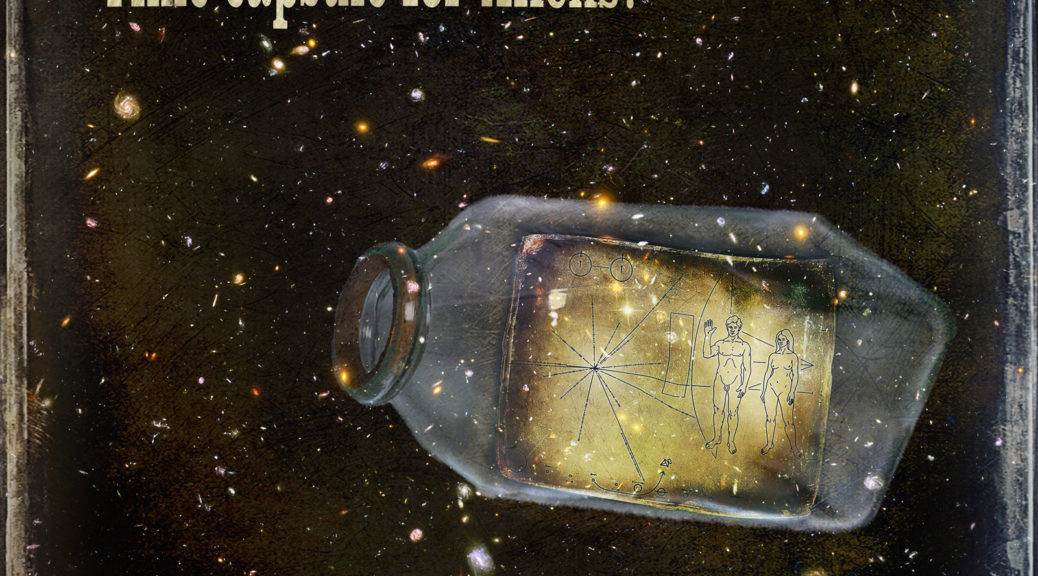Language is one of the greatest gifts that we humans possess. It sets us apart from every other creature on earth. Scientists, experimenting with animals to determine the extent of their language efficacy, report that animals do communicate among themselves, as various studies in Nature and other scientific journals attest, but so far nothing has been found to equal humans’ ability to express themselves in free-flowing complex and comprehensible language. Words, the vehicle of language, are a capital asset, and even in this age of twitter and text messages, real words still matter and are influential.
Our thoughts and emotions can be couched in words and phrases laden with the potential for extensive good, yet words are inherently fleeting, and it is precisely because of their evanescence that we ought to be careful to use words that leave no harmful residue of negativity. As children we were told to choose our words carefully because, once spoken, words can’t be pulled back in like a kite. This caution also holds true for us in adulthood. We, too, need to be careful how we use the gift of words. But when we observe how words are being used in the current national atmosphere, we have to conclude that some grownups, especially those in high places, tend to forget to mind the words of their mouths.
Continue reading The Words of Our Mouths – by Judith Nembhard →







